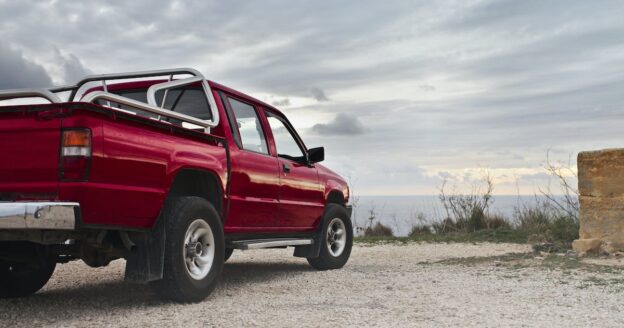Repossession is a legal process through which a lender reclaims a property, often a vehicle, when a borrower fails to meet the agreed-upon financial obligations. While the term might carry negative connotations, it’s not all bad.
For one, people can opt for voluntary repossession, which can help with reaching a settlement and keeping repossession off the credit report. Second, repossessed cars sold to the public present an opportunity for car buyers looking to score a great deal.
If you are thinking about buying a repo car, it’s helpful to understand where these vehicles come from. There’s a common misconception that repossessed cars are in poor condition, but this is not necessarily the case.
Understanding the Repossession Process
Default on payments
The repossession process typically begins when a borrower defaults on their loan payments. This could be due to financial hardship, unexpected circumstances or other challenges that make it difficult for the borrower to meet their financial commitments.
Notice of default
Prior to repossession, the lender usually sends a notice of default to the borrower, informing them of the missed payments and providing an opportunity to rectify the situation. State laws and the terms of the loan agreement dictate the specific notice requirements.
Repossession order
If the borrower fails to address the default, the lender may obtain a repossession order, empowering a third-party repossession agent to locate and recover the vehicle. Repossession agents must follow the laws and regulations to ensure a lawful and non-confrontational process.
Vehicle recovery
The repossession agent locates and recovers the vehicle, adhering to legal guidelines. They may tow the vehicle or drive it away, depending on the circumstances and local laws. It’s crucial to note that self-help repossession (taking the vehicle without a court order) is illegal in many jurisdictions.
Notification of repossession
After the vehicle is repossessed, the borrower is typically notified of the repossession. The notice may include information about the location of the vehicle and the process for redemption.
Post-Repossession Fate of Vehicles
Redemption period
Some jurisdictions provide a redemption period during which the borrower can reclaim the vehicle by paying the outstanding balance along with repossession and storage fees. The length of this period varies by location and the terms of the loan agreement.
Auction or private sale
If the borrower doesn’t redeem the vehicle, the lender may proceed to sell it to recover the outstanding debt. This can be done through auctions, private sales or other authorized means. The proceeds from the sale are applied to the outstanding balance.
Deficiency balance
If the sale of the repossessed vehicle doesn’t cover the entire outstanding balance, the borrower may still be responsible for the deficiency. Lenders may pursue legal action to collect the remaining debt.
Save Money with a Repossessed Vehicle
The repossession process is a complex legal undertaking that involves adherence to strict guidelines to protect the rights of both borrowers and lenders. By the time a repo car is listed for sale, you can expect that it has gone through these steps and is waiting for a new owner. Contrary to popular belief, repossessed cars are often in good condition with only light maintenance needed. To shop for repossessions in your area, visit RepoFinder.com today.


